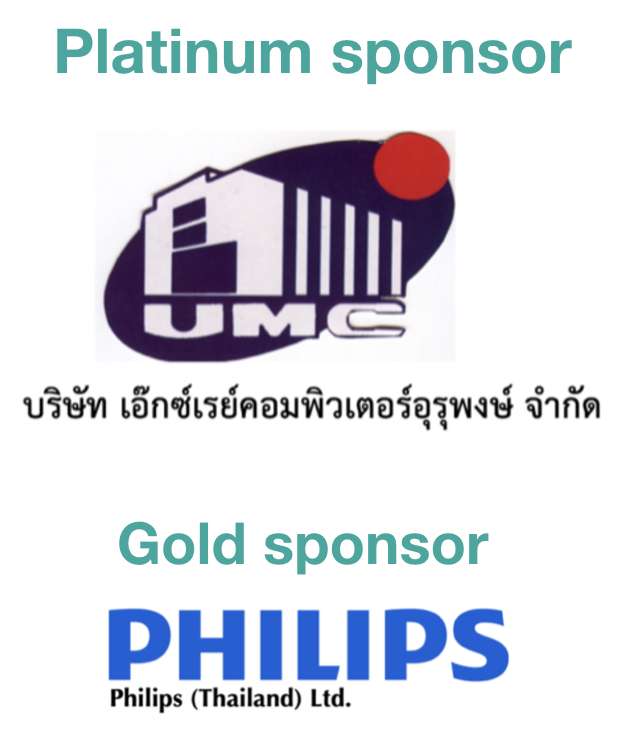The study of problems in daily quality control for magnetic resonance imaging at King Chulalongkorn Memorial Hospital
Keywords:
Quality control, magnetic resonance imaging scanner, center frequencyAbstract
Magnetic resonance imaging (MRI) is a non-radiation examination that can provide detailed images of organs. Before daily use, the MRI should be performed the quality control (QC) to prevent malfunctions and problems occurring before operating and during scanning. Therefore, quality inspection and quality control are very important. The purpose of this study was to check the quality and the readiness of 1.5T MRI of Siemens AERA 1.5T at the Department of Radiology, King Chulalongkorn Memorial Hospital from January to December 2020. The collected data were divided into 2 groups; the first was the data of Helium fill level, Center frequency, Primary water temperature and primary water flow and the second was the abnormalities or problems of system. The first group’s results found that the helium fill level, center frequency, and primary water flow passed. But the primary water temperature did not pass the criteria. There was 1.5% of the temperature below 9.0 °C. The second group’s results demonstrated a total of 9 incidents, 4 incidents (44.4%) of the radiologists solved, and 5 incidents (55.6%) of the machine engineer correction. In conclusion, the quality control of the MRI system is essential as well as radiologists are the key persons to perform the quality control process. It can identify the problems and have more chances to correct these obstacles before serious issues occur.
Downloads
References
McGowan JC. Basic Principles of Magnetic Resonance Imaging. Neuroimaging Clin N Am. 2008;18(4): 623–636
Maehara T. MRI: Imaging techniques and clinical indications. Brain Nerve. 2002;54(10): 841-849
Chen CC, et al. Quality assurance of clinical MRI scanners using ACR MRI phantom: Preliminary results. Journal of Digital Imaging, 2004. 17(4): 279-284
Cloud based Documentation. Planning guide. SIEMENS Heathineers. 2009; 11-30
ปนัสดา อวิคุณประเสริฐ, เพชรากร หาญพานิชย์, จีรานุช จําปา, พันธุ์ศักดิ์ สีมูล, ศรัณยา จารุชัยนิวัฒน์ และวุฒิศักดิ์ บุญผ่องเสถียร. การควบคุมคุณภาพเครื่องเอ็มอาร์ไอโดยใช้เนื่อเยื่อจำลอง ACR phantom. KKU Res. J. 2013; 18: 897-908
Lerski RA, de Certaines JD. Performance assessment and quality control in MRI by eurospin test objects and protocols. Magn Reson Imaging 1993; 11: 817-833
Price RR, Axel L, Morgan T, Newman R, Perman W, Schneiders N, et al. Quality assurance methods and phantoms for magnetic resonance imaging: report of AAPM nuclear magnetic resonance task group no 1. Med Phys. 1990; 17:287-295
Seemoon P, Boonphongsathian W, Thammagul S, Jaruchainiwat S, Hanpanich P. Evaluation of image quality from three radiofrequency coils: ACR-MRI phantom study. Thai J Rad Tech 2018; (46)1: 29-35

Downloads
Published
How to Cite
Issue
Section
License
บทความที่ได้รับการตีพิมพ์เป็นลิขสิทธิ์ของสมาคมรังสีเทคนิคแห่งประเทศไทย (The Thai Society of Radiological Technologists)
ข้อความที่ปรากฏในบทความแต่ละเรื่องในวารสารวิชาการเล่มนี้เป็นความคิดเห็นส่วนตัวของผู้เขียนแต่ละท่านไม่เกี่ยวข้องกับสมาคมรังสีเทคนิคแห่งประเทศไทยและบุคคลากรท่านอื่น ๆในสมาคม ฯ แต่อย่างใด ความรับผิดชอบองค์ประกอบทั้งหมดของบทความแต่ละเรื่องเป็นของผู้เขียนแต่ละท่าน หากมีความผิดพลาดใดๆ ผู้เขียนแต่ละท่านจะรับผิดชอบบทความของตนเองแต่ผู้เดียว




